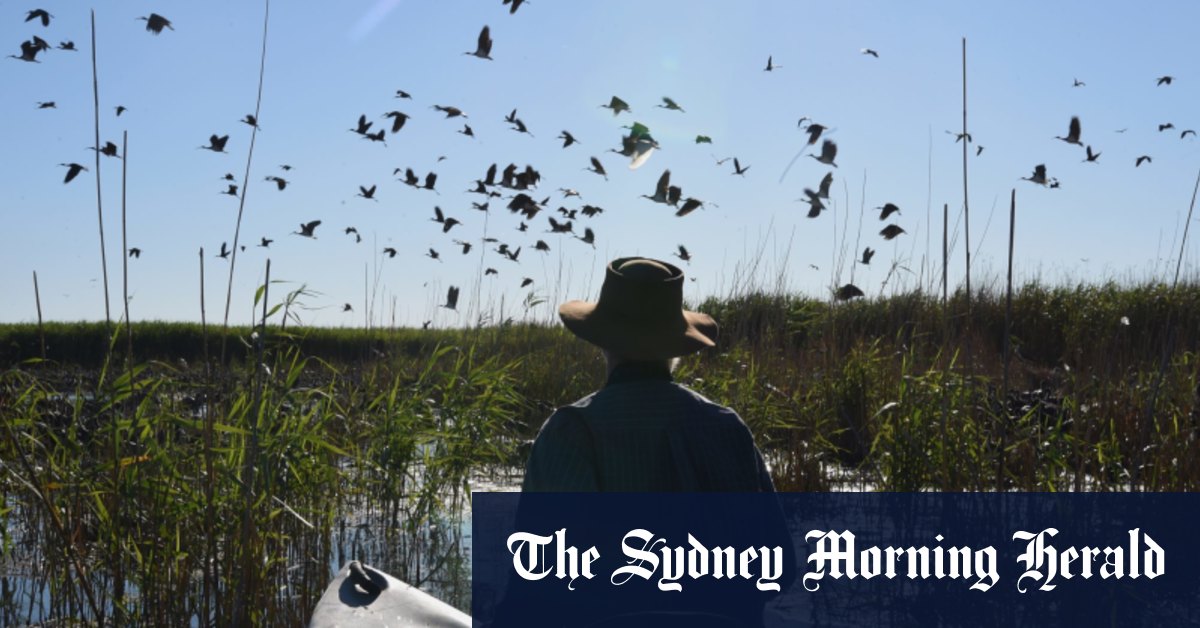“We found statistically significant increases in annual counts (an indicator of abundance) and the number of records (an indicator of occurrence) only for southern bell frog and trout cod,†they said.
“Australian painted snipe showed statistically significant declines and the other five species showed no changes, indicating no benefits from environmental watering,†the researchers said. “The approach to conservation of threatened species has been to ‘just add water’ and assume this will be adequate.â€
Loading
Professor Pittock said the Commonwealth “hasn’t done a rigorous job in ensuring those conservation targets are enshrined†in the state plans that are being implemented.
“Are we putting the right amount of water in the right place at the right time?†he said. “The answer is ‘no’.
Governments defended their approach, with federal Environment Minister Sussan Ley saying Australia is committed to meeting its obligations for the 66-listed wetlands nationwide.
“Water recovered for the environment has provided enormous benefit to the Ramsar wetlands in the Murray-Darling Basin,†Ms Ley said. “Over 50 per cent of Commonwealth environmental water delivered this financial year has benefited Ramsar wetlands.â€
The Morrison government announced the creation of a national wetland inventory earlier this year “to improve the alignment and currency of Ramsar documentation and governanceâ€, she said.
Narran Lakes in the northern Murray-Darling Basin. Credit:Richard Kingsford, UNSW
The Biodiversity Conservation Department within the NSW government has a “comprehensive management plan†for all of the state’s 12 Ramsar-listed sites, a spokesman said.
“This season, [the unit] has already delivered more than 140,000 megalitres of water to the Ramsar-listed Macquarie Marshes, supporting this iconic wetland’s recovery from an extended period of drought and ensuring vegetation, frogs, fish and birds can complete their lifecycles,†he said.
In addition, [the department] has recovered water for the environment to support a number of Ramsar wetlands, including the Central Murray Forests, Macquarie Marshes, Gywdir wetlands and Fivebough and Tuckerbil Swamps,†the spokesman said.
Richard Kingsford, a conservation biologist at the University of NSW, said there was a need for transparent, annual reporting on the range of ecological indicators that can track the effects of the Murray-Darling Basin Plan.
“We need regular reporting on key measures such as amount of flooding, health of flood dependent vegetation and a range of potential other measures such as waterbird, frog and fish communities,†Professor Kingsford said, adding that many ecological indicators for Ramsar sites are in decline.
“Issues such as floodplain harvesting, poor protection of environmental flows until recently, climate change and the building of new dams and weirs are just undermining the benefits of the Basin Plan, also affecting many Ramsar sites,†he said.

